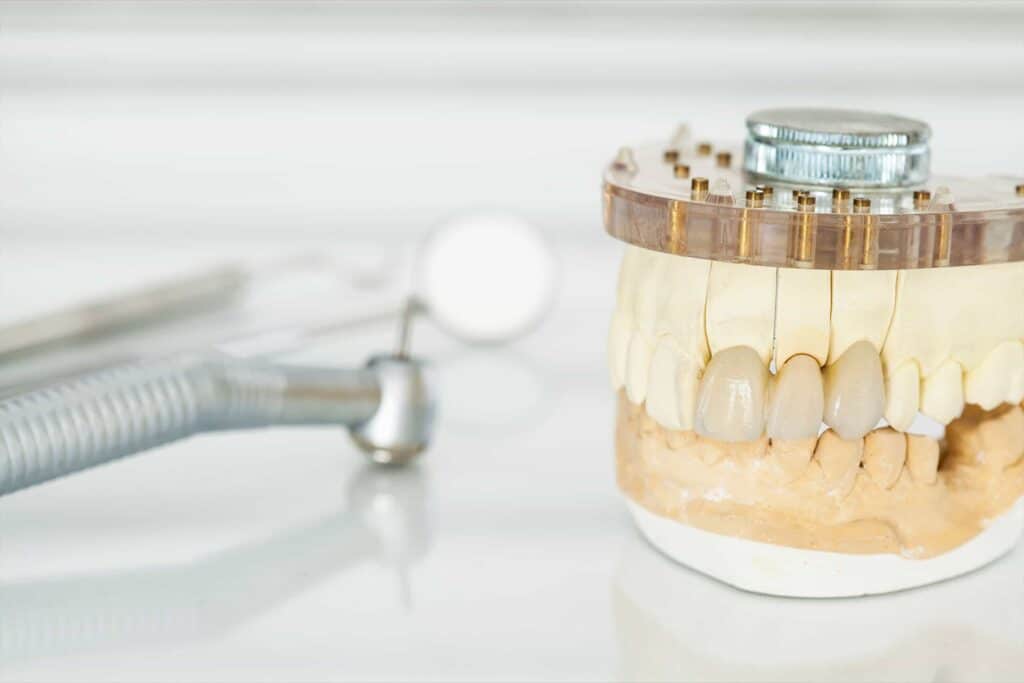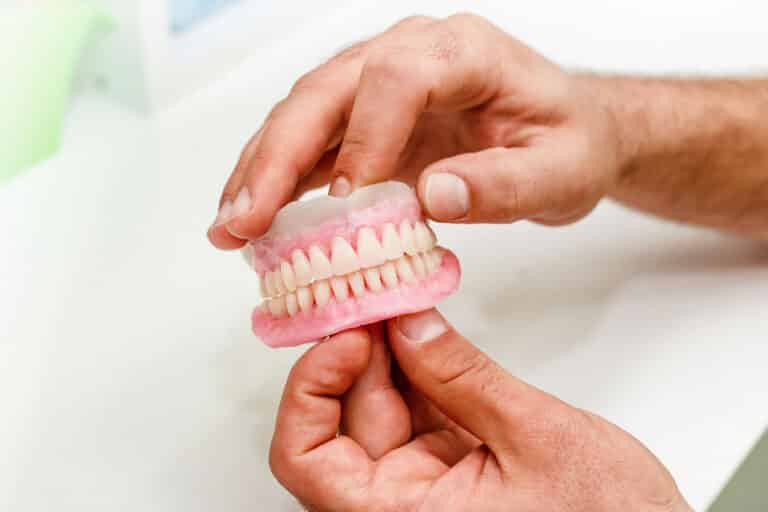What Does My Sleep Have Anything To Do With The Dentist?
Recently there is increased recognition of sleep related breathing disorders (SRBD) that plague adults and children. Various types of SRBDs are very underdiagnosed, especially in adults. Even the American Dental Association is starting to shift their stance to have dentists be a more active screener for this problem. Obstructive sleep apnea (OSA) is a very common problem. It is associated with metabolic, cardiovascular, respiratory, dental and other diseases. It is also a top contributor of poor quality of life in adults. Similarly, there are undiagnosed/untreated OSA in children. They can have impaired growth, and learning or behavioral problems.
Although primarily focusing on teeth, dentists are experts in the head and neck where the problem of SRBDs originate. Since many people will see their dentist more frequently than their physician, we have the prime opportunity to screen and help people live better and longer lives.
Can I Get An Implant?
Most people can get implants, however there are quite a few qualifications in order to be able to get them. Like every treatment option, there are requirements and risks. The patient must be healthy, have enough bone for the implant, and space inside the mouth for the crown. Sometimes we need to grow bone or move teeth to create adequate spacing.
Additionally there will be risks for implant failure. This means that even with adequate bone and space, there are some people who are at enough of a risk that an implant is not a good idea. If an implant is still desire, these risk factors must first be controlled. This includes smokers, diabetics, pathology adjacent to the implant site amongst other things. Also the person must be done growing, so children are not good candidates for implant therapy. A vast majority of people, including octogenarians, can receive implant therapy. However they may need to jump through a few hoops before being able to do so.
What Are The Best Ways To Whiten My Teeth?
There are many different types of staining, originating from within and on the outside of the tooth. To keep this short, the most common discoloration people are referring to is the yellow color in teeth. It should be noted that teeth naturally have a yellow hue to them as that is the natural color of dentin.
The best way to whiten teeth is to bleach them using various products. The key factor is the time of contact of the bleaching gel to the unobstructed surface of the tooth. This can be done many different ways, however the most effective and predictable way is done via custom bleaching trays. These trays have a recess which can hold the gel for a period of time. This gives the gel enough time to whiten the teeth.
Over the counter and semi custom delivery systems are unable to keep the gel onto the teeth for as long, which has unpredictable results. It can work for some, but not for others. There are also in-office systems that will bleach teeth in a very short period of time, which can work. However my personal view is that since it often takes years to decades for the teeth to yellow, it is asking a lot to predictably undo the years of yellowing in an hour without a high amount of sensitivity. Take home trays give the user significant control over their whitening journey to get their teeth as white as they would like with as little sensitivity as possible.
What Happens If My Tooth Gets Knocked Out?
If the tooth is cleanly knocked out with no severe damage to the jaws themselves, do not rinse them in water. The best course of action is to place them in sterile saline or milk, again without rinsing the tooth in water. Water will kill the cells on the surface of the root and make successful re-transplantation highly unlikely. If a dentist cannot place the tooth back into place within an hour (2 hours at the most), carefully place the tooth back in as best as possible and immediately go see a dentist. The dentist will stabilize the tooth and then wait to see if the tooth can heal back in place. If it does, the tooth will require a root canal but the tooth can be saved. If it doesn’t heal, then the tooth will need to be removed and replaced with an implant, bridge, or denture.





